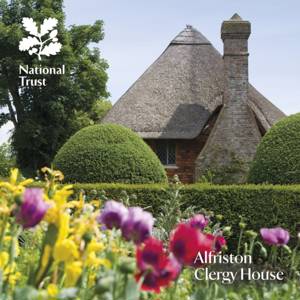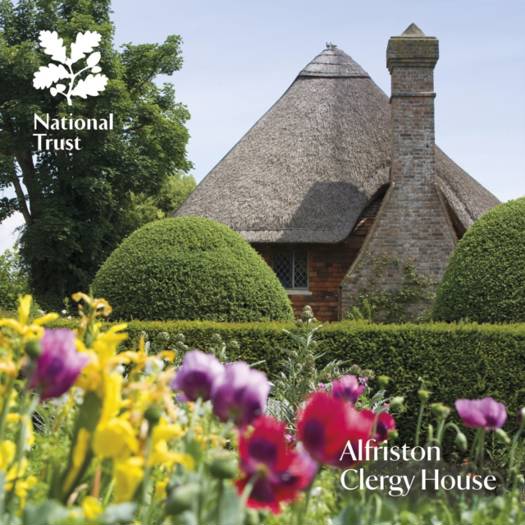
- Afhalen na 1 uur in een winkel met voorraad
- Gratis thuislevering in België vanaf € 30
- Ruim aanbod met 7 miljoen producten
- Afhalen na 1 uur in een winkel met voorraad
- Gratis thuislevering in België vanaf € 30
- Ruim aanbod met 7 miljoen producten
Zoeken
€ 6,95
+ 13 punten
Omschrijving
Alfriston Clergy House has a special place in the history of architectural conservation and of the National Trust - it was the embryonic charity's first building, bought for £10 in 1896. Had the Trust's efforts to save it failed, the future of many other buildings would have been in greater jeopardy. Built between 1370 and 1450, the three-bay Sussex hall-house was used to accommodate clergy at the nearby "cathedral of the Downs," as St Andrew's church in Alfriston is known, but was later rented out as a source of income for the church. The book describes the tireless efforts of Alfriston's vicar to save the building, first involving the Society for the Protection of Ancient Buildings before it advised approaching the National Trust. For decades the house was let to Sir Robert Witt, co-founder of today's Art Fund and the Courtauld Institute of Art, as a weekend retreat before being opened to. Sections describe the development of the house, the delightful garden and its wildlife bordering the River Cuckmere.
Specificaties
Betrokkenen
- Auteur(s):
- Uitgeverij:
Inhoud
- Aantal bladzijden:
- 32
- Taal:
- Engels
Eigenschappen
- Productcode (EAN):
- 9781843595496
- Verschijningsdatum:
- 1/05/2017
- Uitvoering:
- Paperback
- Formaat:
- Trade paperback (VS)
- Afmetingen:
- 210 mm x 210 mm

Alleen bij Standaard Boekhandel
+ 13 punten op je klantenkaart van Standaard Boekhandel
Beoordelingen
We publiceren alleen reviews die voldoen aan de voorwaarden voor reviews. Bekijk onze voorwaarden voor reviews.











